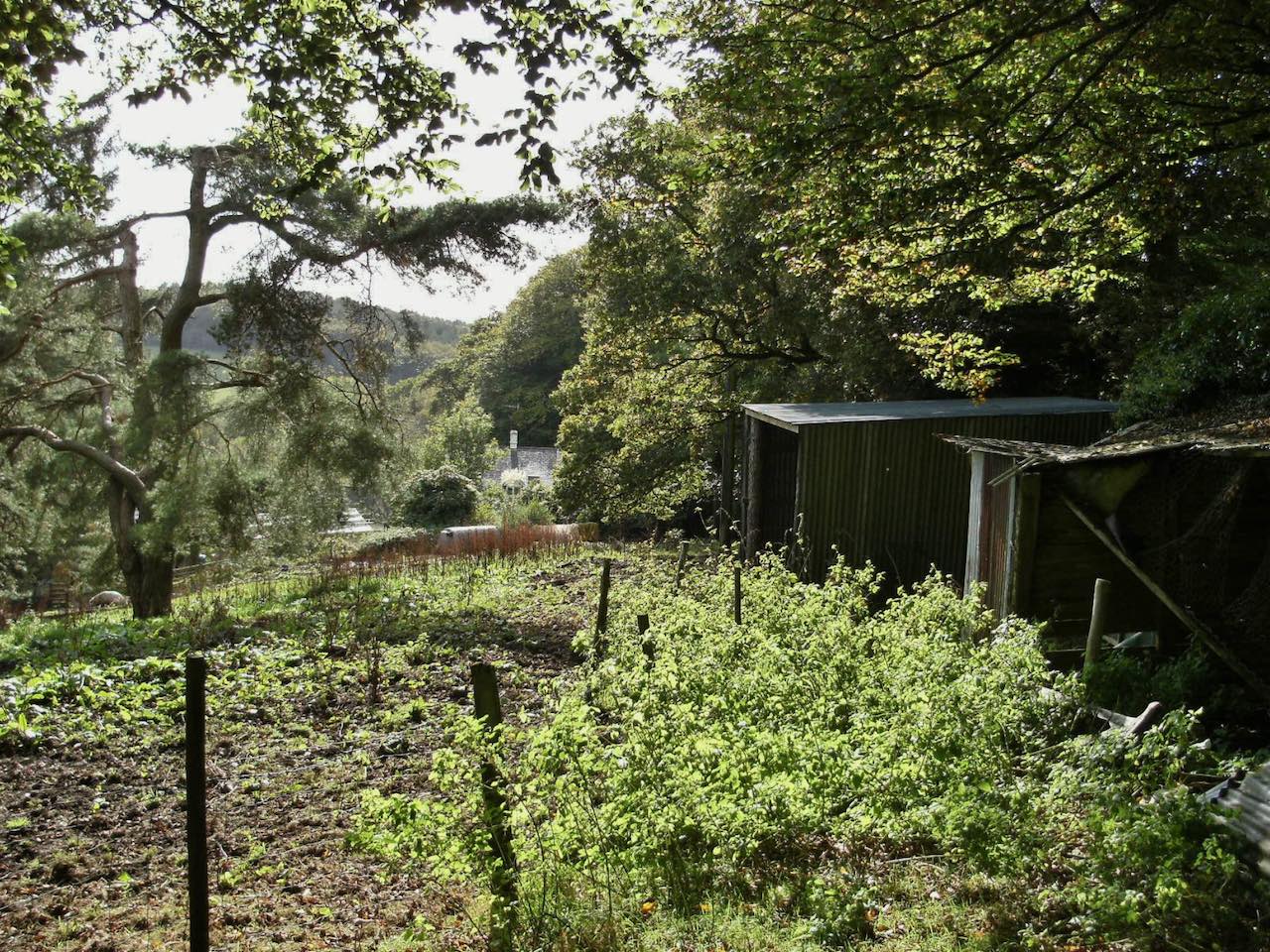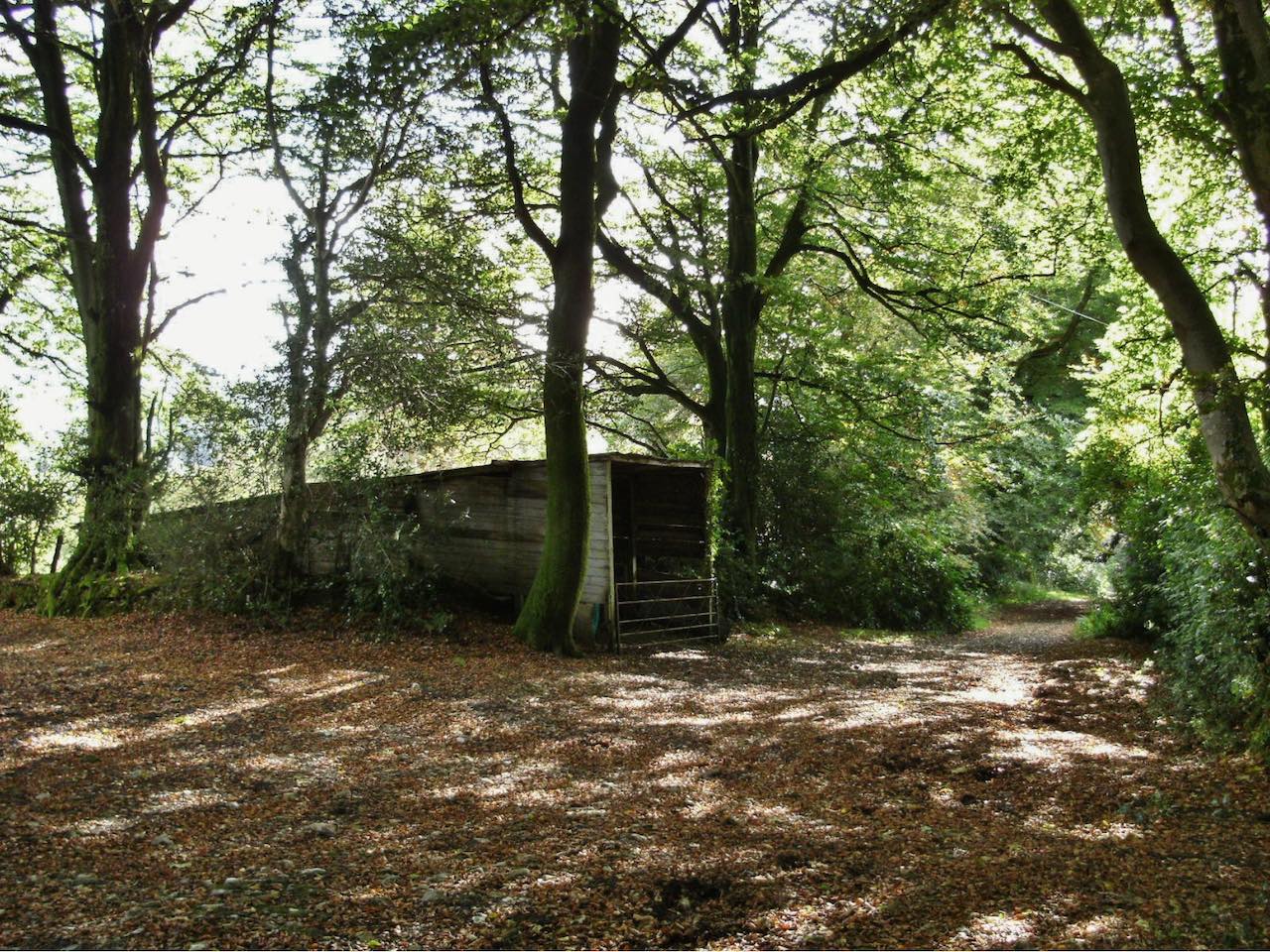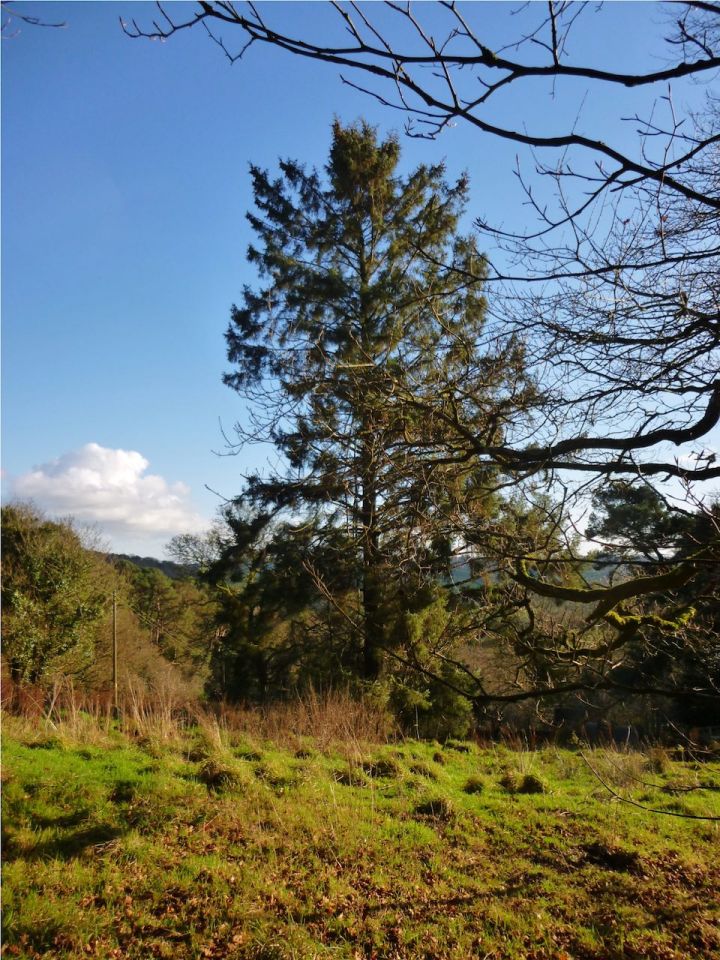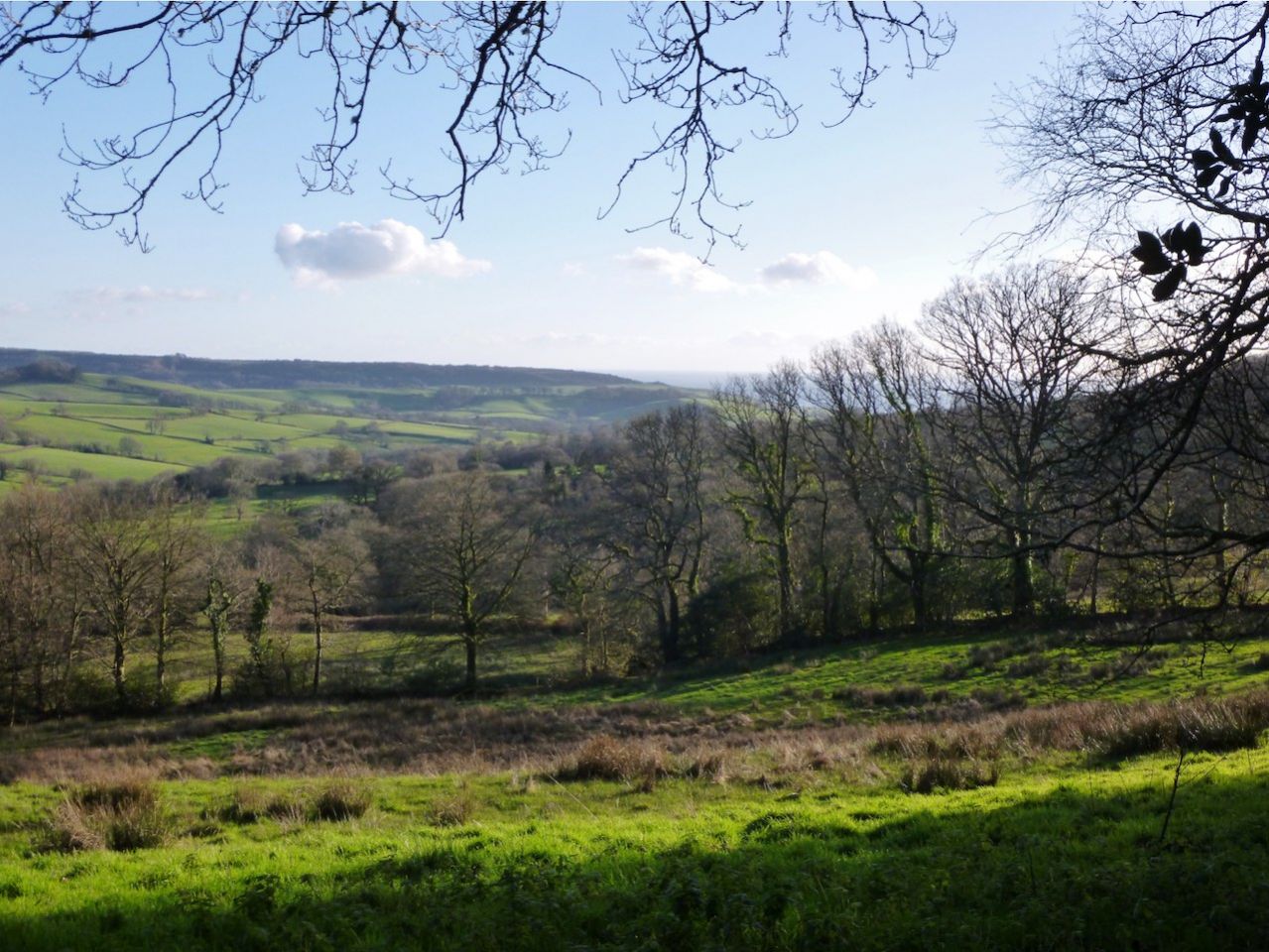| Role | Name | Posted from | Until |
|---|---|---|---|
| Operator | Mr Benjamin Ralph Cay Briscoe | Unknown | 20 Jul 1944 |
| Runner | Mr Robert John Blackwood | Unknown | 20 Jul 1944 |
| Runner | Miss Briscoe | Unknown | 20 Jul 1944 |
The Station relayed to Osterley through Chirnside.
The wireless site, recorded as “Hawkchurch” Out Station, which is on the Devon / Dorset border (in Devon from 1896) is actually in the nearby hamlet of Fishponds Bottom which is in Dorset on the edge of the Marshwood Vale.
The wireless was located in a “chicken shed” at the rear of a house locally known as “Briscoe's Farm”. Owned by Dr Briscoe it was not actually a farm but a house called “Greenings”. It was painted dark green during the war as it could be seen from the sea.
Dr Briscoe's daughter recalled the chicken shed was at the end of a long field, behind the house, where the access track to the house joins with Sandy Lane.
The house is located up a stone track on a hillside slope and has tree lined hedges and raised bank hedges on two sides. This access track joins Sandy Lane just past “Greenings”.
Looking east from the wireless site looks over to Coneys Castle hill and south to Charmouth area and out to sea. There is no clear line of sight to Buckland St Mary (Chirnside)
It is not yet understood how the aerial was set up or how the radio signals worked, as the site is on the side of a valley.
Looking from the house towards Buckland St Mary (Chirnside), you are looking up hill and into trees. Dr Briscoe's daughter recalled that a baby alarm was able to pick up French radio and Bournemouth police radio.
In an interview of 1997, Lance Corporal Arthur Gabbitas recalls the difficulty the Auxiliary Units Signals had when maintaining stations in a more urban setting. Delivering and changing heavy batteries regularly without arousing suspicions of watchful neighbours must have been a challenge. This location however is up a small access lane and fairly isolated so would not have posed a problem.
The house is on a flat platform area on a slope of a valley. Looking towards the coast and the east the land drops down the valley to the Vale of Marshwood.
The only area you can see that has clear views is towards Charmouth and to the east.
There are some steep drops around the plateau the house is built on but the wireless field slopes up behind the house, by the side of the access lane, and mostly levels out at the top.
One of Dr Briscoe's daughters recalled that the family didn't have any chickens to live in the shed. Thinking this was strange, the children pointed out that there should be some chickens around so if the “grey men” came (the name for German troops) it would look right. Later on Dr Briscoe returned with some chickens.
She remembers men coming to the house with bits of paper.
If there had been an invasion, her sister would have rode a pony to a farm somewhere in the Marshwood Vale. It is unclear where she would have gone or why but it is thought to have been connected with the Special Duties roll of their father.
Near the bend in Sandy Lane there was a cooking area for conscientious objectors and Italian prisoners of war worked in the nearby woods.
Other information:
The hilltop site, Lambert's Castle, above and behind “Greenings” was once home to a more primitive invasion signalling system. In 1806 the Napoleonic threat of invasion led to an Admiralty Telegraph Station being built there. Part of a chain of Stations built across the south, a shutter system was used to relay messages between Plymouth and London.
Hawkchurch Outstation
Arthur Gabbitas
Chris Perry



